Predrag Cvitanovic9780691118369, 0691118361
The invariant tensors are presented in a somewhat unconventional, but in recent years widely used, “birdtracks” notation inspired by the Feynman diagrams of quantum field theory. Notably, invariant tensor diagrams replace algebraic reasoning in carrying out all group-theoretic computations. The diagrammatic approach is particularly effective in evaluating complicated coefficients and group weights, and revealing symmetries hidden by conventional algebraic or index notations. The book covers most topics needed in applications from this new perspective: permutations, Young projection operators, spinorial representations, Casimir operators, and Dynkin indices. Beyond this well-traveled territory, more exotic vistas open up, such as “negative dimensional” relations between various groups and their representations. The most intriguing result of classifying primitive invariants is the emergence of all exceptional Lie groups in a single family, and the attendant pattern of exceptional and classical Lie groups, the so-called Magic Triangle. Written in a lively and personable style, the book is aimed at researchers and graduate students in theoretical physics and mathematics.
Table of contents :
Acknowledgments……Page 10
Basic concepts……Page 16
First example: SU(n)……Page 20
Second example: E6 family……Page 23
Preliminaries……Page 26
Defining space, tensors, reps……Page 30
Invariants……Page 31
Invariance groups……Page 34
Projection operators……Page 35
Spectral decomposition……Page 37
Birdtracks……Page 39
Clebsch-Gordan coefficients……Page 41
Infinitesimal transformations……Page 44
Lie algebra……Page 48
Classification of Lie algebras by their primitive invariants……Page 50
Irrelevancy of clebsches……Page 51
A brief history of birdtracks……Page 52
Couplings and recouplings……Page 55
Wigner 3n-j coefficients……Page 58
Wigner-Eckart theorem……Page 59
Symmetrization……Page 62
Antisymmetrization……Page 64
Levi-Civita tensor……Page 66
Determinants……Page 68
Fully (anti)symmetric tensors……Page 70
Identically vanishing tensors……Page 71
Casimirs and Lie algebra……Page 74
Independent casimirs……Page 75
Adjoint rep casimirs……Page 77
Casimir operators……Page 78
Dynkin indices……Page 79
Quadratic, cubic casimirs……Page 82
Quartic casimirs……Page 83
Sundry relations between quartic casimirs……Page 84
Dynkin labels……Page 88
Group integrals for arbitrary reps……Page 91
Characters……Page 93
Examples of group integrals……Page 94
Two-index tensors……Page 96
Three-index tensors……Page 97
Young tableaux……Page 98
Young projection operators……Page 104
Reduction of tensor products……Page 108
U(n) recoupling relations……Page 112
U(n) 3n-j symbols……Page 113
SU(n) and the adjoint rep……Page 117
An application of the negative dimensionality theorem……Page 118
SU(n) mixed two-index tensors……Page 120
SU(n) mixed defining adjoint tensors……Page 121
SU(n) two-index adjoint tensors……Page 124
Casimirs for the fully symmetric reps of SU(n)……Page 128
Sources……Page 130
Two-index tensors……Page 133
Mixed adjoint defining rep tensors……Page 134
Two-index adjoint tensors……Page 135
Three-index tensors……Page 139
Gravity tensors……Page 141
SO(n) Dynkin labels……Page 144
Spinography……Page 147
Fierzing around……Page 150
Fierz coefficients……Page 154
6-j coefficients……Page 155
Exemplary evaluations, continued……Page 157
Invariance of -matrices……Page 158
Handedness……Page 159
Kahane algorithm……Page 160
Two-index tensors……Page 164
SU(n) = SU(-n)……Page 167
SO(n) = Sp(-n)……Page 169
Spinsters……Page 171
Racah coefficients……Page 176
Heisenberg algebras……Page 177
Reps of SU(2)……Page 179
SU(3) as invariance group of a cubic invariant……Page 181
Levi-Civita tensors and SU(n)……Page 184
SU(4)–SO(6) isomorphism……Page 185
Alternativity and reduction of f-contractions……Page 189
Primitivity implies alternativity……Page 192
Casimirs for G2……Page 194
Hurwitz’s theorem……Page 195
Two-index tensors……Page 198
Decomposition of Sym3 A……Page 201
Diophantine conditions……Page 203
Dynkin labels and Young tableaux for E8……Page 204
Reduction of two-index tensors……Page 207
Mixed two-index tensors……Page 208
Diophantine conditions and the E6 family……Page 210
Three-index tensors……Page 212
Defining adjoint tensors……Page 214
Two-index adjoint tensors……Page 217
Dynkin labels and Young tableaux for E6……Page 219
Casimirs for E6……Page 222
Springer relation……Page 225
Springer’s construction of E6……Page 226
Two-index tensors……Page 228
Defining adjoint tensors……Page 231
Jordan algebra and F4(26)……Page 234
Dynkin labels and Young tableaux for F4……Page 235
SO(4) family……Page 237
Defining adjoint tensors……Page 239
Lie algebra identification……Page 240
E7 family……Page 242
Dynkin labels and Young tableaux for E7……Page 245
Magic Triangle……Page 247
A brief history of exceptional magic……Page 250
Extended supergravities and the Magic Triangle……Page 253
Epilogue……Page 254
Uniqueness of Young projection operators……Page 257
Normalization and completeness……Page 258
Dimension formula……Page 259
Index……Page 262
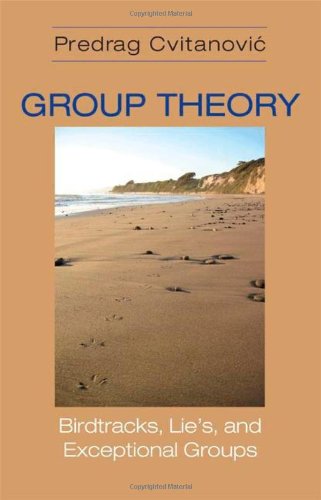

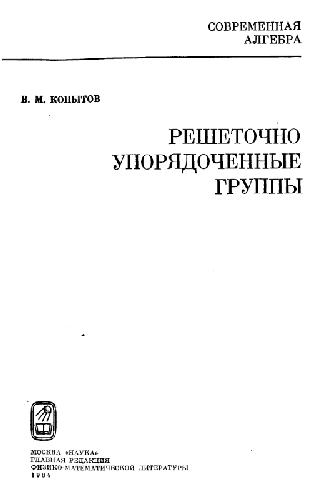
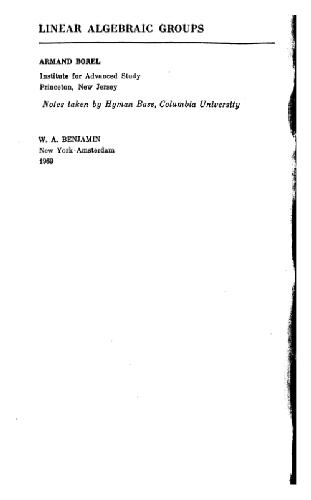
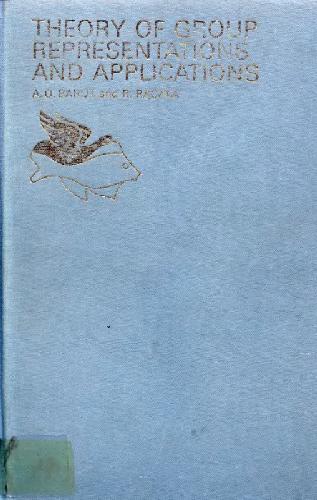
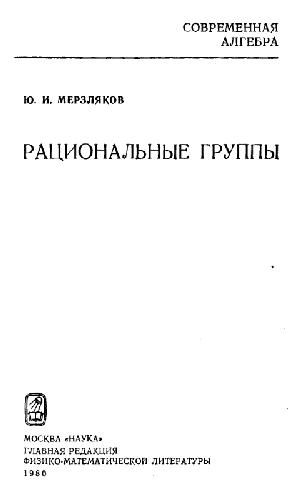

Reviews
There are no reviews yet.